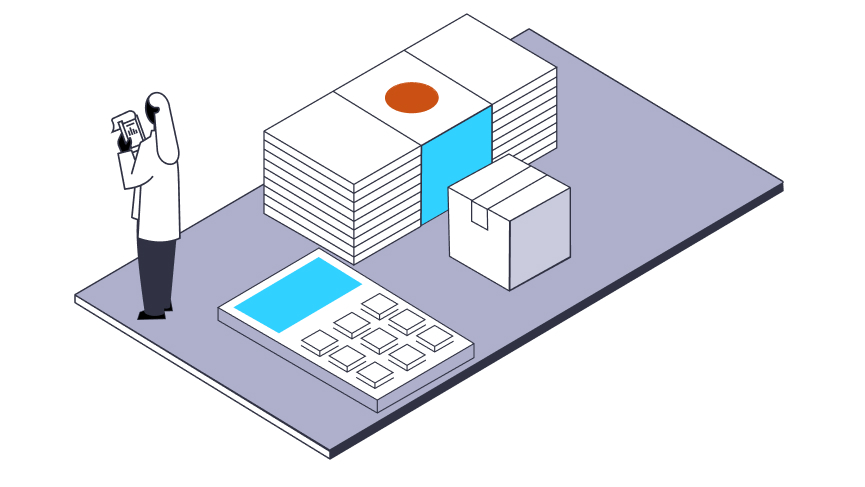Pricing strategy lessons learned from COVID-19
Based on NielsenIQ research, price elasticities and promotional elasticities (the measures of how price/promotional price changes impact shoppers’ demand for a product) are not higher in economic distress than in the new stable period. Manufacturers and retailers who were setting low prices based on the assumption that shoppers will be making purchase decisions based solely on the lowest price on shelf may have miscalculated. Trends indicate that the pricing formula is not that simple.
Consumers’ price sensitivity manifests in different ways than just choosing the cheapest option. Some consumers are shifting to private labels and bigger product sizes, while many are more selective about categories (household necessities) to adapt to an insecure financial environment. As a plus, the pandemic forged unusual tendencies like less frequent shopping trips, more out-of-stock incidences, changes in consumer needs (such as safety and health), and constrained households.
At the same time, we see that many consumers stick to their regular brand preferences while purchasing directly from shelves in stores. It is a common belief that consumers compare the price with competitors when seeking for better prices, although shoppers tend to focus on the price changes of their preferred product and make decisions based on that change. The right prices and promotions at this level count the most.
All these varied factors challenge manufacturers and retailers to find the right pricing and promotional strategy for this transformed landscape where they do everything to win as many shoppers with more spending power as possible.
If you are looking to reinvent your pricing and promotion strategies to exploit the growth opportunities this new era offers, we provide five steps to consider in order to efficiently plan your next moves.
1. Understand shifts in price elasticity, quantifying risk and opportunity for category, brands, and products
The key factor is change: what has changed and in which direction. Have the price elasticities of your products increased or decreased? What about the whole category? Are your shoppers still holding on or are they struggling? These are the questions you need to answer to determine the right strategy.
When scrutinizing price elasticity changes both before and after the impact of Covid-19 in Eastern Europe and the Middle East, we see that average elasticities are comparable or lower in pre-covid and “new stable” periods. However, at the product/category level, there is a fair amount of variation.
The pandemic shaped new consumer needs, counterbalancing the growth of elasticities in total. Price elasticities in general are not changing, thus trends vary across categories. Products that serve health, safety, and essential needs seem to have even lower elasticities. At the same time, EEMEA constrained, cautious, and insulated consumers are also willing to trade up for products that offer a strong value proposition and meet their budget requirements.
2. Restructure price architecture to keep ideal incentive gap
Effective questions to consider when restructuring include what happened with competitors and how shoppers are reacting to your pricing and promotions in the changing market environment.
Value for money is one of the top factors shoppers consider when choosing stores and products. In general, shoppers expect about a 10% to 15% discount for every doubling purchase they make. The problem is that we often see a very little or even no discount provided, which has an influence on future shoppers’ purchases. Manufacturers and retailers have to plan the incentive gaps wisely in order to make shoppers buy in for bigger sizes, more products, or more premium quality offerings.

Optimize your Revenue
Take control of your price and promotion strategy. Contact us and master the rules of the pricing game.
3. Protect profitability with the right price and the optimal discount
Consumers’ value-seeking behavior has manifested in different ways, as larger pack sizes and private labels are seeing greater uptake and gaining market share. Consumers’ quest for convenience and safety has also accelerated the shift to e-commerce across the regions.
These shifts have brought manufacturers and retailers to a crossroads—do we reevaluate our price and promotion strategy based on new price elasticities? Or do we fall back on previous years’ strategies that were heavily dependent on discounts to drive sales, and essentially guide shoppers back to a bargain-hunting behaviour?
The stakes are high. For example, in the last 12 months, 33% of FMCG sales in South Africa were products that were sold on promotion; 20% percentage points of these products would have been sold even if they were not discounted. Put simply, the South African FMCG market could have grown an additional 3.1% in sales value if the right discounts were deployed for the right products at the right time.
4. Reevaluate and reset promotional activities while tracking ROI of in-store investment
The biggest investments in store are promotional investments. Companies not only pay for the price discount they give, they are paying extra money for displays, leaflets, or any other POPs or activities in the store. It is crucial that manufacturers understand the real ROI and how to uplift their trade investments by item, brand, or even category.
All activities have to be evaluated and, instead of investing in low or negative ROI activities, that budget has to be reinvested into activities that generate incremental sales and profit.
For example, straight price cuts that are run too often might erode the shoppers’ price perception of your brand and drive up a brand’s price sensitivity, making it harder and harder to raise prices.
Alternative promo mechanisms such as multi buys or combo deals, for example, can deliver better results without locking the shopper into a specific price-per-unit situation.
5. Understand new category behaviors and match pricing strategies
Category behaviors have changed continuously in the past, but the pandemic has accelerated this change. Therefore, companies have to adjust more quickly to new needs and the changing economic status of households.
The key to getting this right is in understanding your category’s promotion sensitivity. If your category is one that performs well organically, act quickly to redefine the optimal promotion baseline to maximize profits and decrease the promotional reliance for the category.
If your category is underperforming, the temptation to drive sales volume through promotions is high. However, we believe that delivering value is the best defense against price. Rather than slashing prices, brands could explore other mechanics like promo packs and bundle packs with complementary categories, or by restaging existing products to highlight attributes that better meet shoppers’ needs.
Stop reacting and take control of your price and promotion strategy
Based on the pandemic’s impact on consumers’ finances as well as their shifting preferences, there is an opportunity for manufacturers and retailers to use price and promotions in the right way to drive incremental revenue. To win:
- Don’t ignore promotions. Retailers and manufacturers should also align on the role of promotions and how to develop mutually beneficial consumer incentives.
- Drive revenue growth and protect ROI by placing promotional investments in the right categories and channels, using the right promotional mechanics, and executing them at the right time.
- Design promotions that appeal to consumers’ needs and behavior—increase promotions on products that are shelf-stable and can be inventoried.
Make sure you are acting—not just reacting—and making bold decisions to drive successful outcomes for your business as we navigate a stabilizing world.




